Ignorance is bliss. You have say, RM80k to RM100k to spend on a car. That amount can get you a Japanese brand B-segment sedan or hatchback, or a starter SUV from Perodua and Proton. Good options.
If you’re steadfast in your mission, the hardest decision would probably be choosing a number plate for your brand new car. Whether it’s the Honda City, Toyota Vios/Yaris, Nissan Almera, Perodua Ativa or Proton X50 you’re driving home, you can look forward to a safe and sure few years of motoring ahead. Well done and congratulations.
God forbid that you were sidetracked into the classifieds with the “What else can I get for the money?” question. Because if you did, the temptation of used cars is real. Let’s open that can of worms.
Fairly young BMW 3 Series for City money?
If you’re a sedan guy aiming for the City/Vios, it’s most likely that you’ve liked the BMW 3 Series for some time now, and have probably been fantasising about the original sports sedan. No? Sorry, just me then!
Now, everyone knows that E36 and E46 generations of the 3 Series are very cheap to buy, but they’re old and troublesome. And if you’re into prestige (not many will admit to being vain, of course), surely these old BMWs have long ceased to command “respect” – they’re just old cars to most people. Special exception for rare M cars; those will get enthusiasts drooling.
But the F30 is a different story. It’s the immediate past generation before the current G20, and our memory of it as a desirable new premium car is still very fresh. Did you realise that this body can now be had for below RM70k? Even with some refurbishment and/or accessories, it will still be within your budget, and F30s are of course still eligible for bank loans.
At below RM70k, you’re probably looking at the 316i from 2013/2014 with 134 hp/220 Nm. That’s not much, but with assistance from a turbo and the brilliant ZF 8-speed auto, it’s adequately fast and very comfortable. “Lite” it may be, but the 316i still very much a 3 Series. With an M Sport kit, it will look very much the part, too.
The pre-facelift 320i, with 184 hp/270Nm, is also priced comfortably below RM100k. Looking for something younger? 2016 examples of the facelifted 318i have recently dipped below the RM100k mark.
Now you’re in trouble. You start lurking in forums trying to suss out the reliability and potential issues, you ask around, you look for a first hand account, and you spend waking hours thinking about the BMW. You’re a long way from the original path now – sudah kena racun, as they say.
Safe or sexy?
Should you throw caution to the wind and go with the BMW, or stick to the safe original plan that is the virgin new car? There’s no right or wrong, really. It all depends on your priorities and aspirations, but go in with your eyes open. You can replace the 3 Series in the example above with any desirable used car and the pros and cons will largely remain the same – let’s go through a few.
When you’re buying a new car, you’re also buying certainty. Things are much less likely to go wrong in a brand new car, and even if they do, you’re covered by a factory warranty. This means that you won’t be dropped a bombshell for the first five years, at the very least.
Some manufacturers throw in free service deals as well, and this can save you some money down the line. Even if there’s no FS, the cost of regular servicing and maintenance is fixed – you know exactly how much service number 2, 5 or 8 will cost. These menus are publicly available, and we’ve used them to compare five-year maintenance costs for popular models – you can check out our Iriz vs Myvi, Ativa vs other national cars and pick-up truck cost comparos.
With a warranty and known maintenance costs, buying a new car virtually guarantees you reliable and straightforward motoring for a couple of years. No surprise bills, no wasted time.
On the other hand, a used car, even one that looks immaculate, might be hiding issues. Using the F30 example above, early facelift units from 2016 have warranties that expire this year, and all pre-LCI F30s are out of warranty. Needless to say, should anything go wrong, you’re on your own.
The best is to look for a used car with full service history; even so, wear and tear cannot be avoided and must be taken into consideration. Now, not having factory warranty isn’t a death sentence, but you’ve got to be proactive with maintenance and choose a reputable workshop.
There’s also the option of independent extended warranty providers. It works pretty much like insurance – pay an agreed sum per year and the company will cover the cost of any repairs. The scope of coverage and maximum payout is agreed beforehand. This is the sort of warranty provided by recond car dealers.
As consumers, we have a natural tendency to focus on the purchase price and ignore maintenance costs. In the case of new vs used cars, the sticker price may be the same, but the total ownership cost is very different – you’ll definitely have to spend more time and effort on the used car.
For the used option to be in contention in the first place, it’s probably a desirable model, perhaps European; this could mean higher parts prices. Getting the parts yourself from stockists, as opposed to leaving it all to your mechanic, might save you some RM, but there’s effort involved.
Now, “you’re on your own” may sound scary, but if you’re someone who finds joy in parts hunting, DIY and spending “quality time” with your car at the workshop, it may not be a bad thing after all. It’s a lot more hands on than the new car experience, that’s for sure.
I checked, the dream car is now attainable!
Ah, the dream car. Just go for it. You only live once. If not now, when? I’m with those cheerleaders, fully. But there’s a caveat: only if you can afford it.
Imagine road trips in a convertible, from the coast to the highlands, roof down whenever possible to take in the fresh air and life itself. It’s attainable you know, with early versions of the Porsche Boxster and BMW Z4 going for Japanese econobox prices. Or if muscle is more your thing, how about a first-generation Cayenne Turbo for less money than a Myvi? Come on, live a little la, the Internet goads you.
It’s a no brainer, they say. Yes it is, if that car guy friend or person online is paying the bills! Even more so than the relatively young BMW we mentioned above, the sports/performance car of your dreams will cost you. First, there’s the small matter of buying the car with cash, as HP loans usually aren’t possible.
Cross that hurdle, and you’ll realise that parts for old cars can be hard to come by, more so parts for rare old sports cars. Better get yourself familiar with the chop shop and don’t get into accidents. Of late, a few carmakers – like Porsche – have started to reproduce brand new parts for their iconic models, but these programmes are reserved for top tier legends; in any case, the stuff ain’t cheap.
Sorry to break it to you, but if your budget for a new car is RM100k and below, it’s likely that this dream car will bankrupt you. The rule of thumb is if you cannot afford to run a, say RM300k car when it was new, you most probably cannot afford to maintain an old one. The value of the car might have dropped, but last we checked, running costs are rather stubborn.
So, go for it, if you can afford it. Remember, you should be looking at total ownership cost and not just the purchase price. That Boxster will have to wait.
Let the first owner take the hit
That hit is depreciation. How else would you be cross shopping a Vios with a Porsche if not for the Big D?
Collectible rare models and hyped JDMs aside, depreciation starts the minute you sign on the dotted line. The rate at which the value of your car falls depends on make and model, but it’s a certainty. The idea is that if you’re into Continental cars or “cold door cars” (a Cantonese term for cars that are not high in demand), you can wait a little for a lot in savings.
Generally, depreciation is steeper for premium brand cars than bread and butter mass market models. For sports cars, rarity cushions the blow, and for enthusiast models, the good ol’ manual gearbox fares better than auto. The latter is applicable to anything from the Honda CR-Z to the cars hawked by Barrett-Jackson. While resale value is something to note, why not just go for what you like and treat depreciation as “usage cost”, and good RV as a bonus.
Play the percentages
If your used car option is more than a decade old, you’ll need a big bag of cash or a personal loan, and that should be enough to deter many. Hire purchase loans are possible for younger used cars, but note that the terms are not what you’d typically get with a new car.
Even if you ignore the low interest rate promos dangled by almost every carmaker, the typical interest rate for new cars comfortably beat what the banks dish out for used cars. Paired with the latter’s higher interest rate is a lower margin of financing. With a lower max loan amount, the downpayment has to be higher.
For instance, while that 2014 BMW 3 Series is still eligible for loan, you’d be lucky to be offered 80% financing and a maximum tenure of five years. It doesn’t look like a very old car, the F30, but early units are not far from the 10 year mark – the banks are protecting their own interests by being less generous.
Taken individually, the bigger downpayment, higher interest rate and shorter tenure may be palatable, but it all adds up – don’t be surprised if the monthly instalments are higher than expected, if you have been calculating with a new car template. Think of financing costs as a constant monthly punch as opposed to the big blow of maintenance costs – make sure you have the power to withstand before getting into the ring.
With eyes wide open
So, safe choice or the sexy option? No right or wrong, and each has its own appeal – an easy and straightforward autopilot of an ownership experience with the new car, or a “better” and more desirable used option that will require more time and money in the long run.
If you’re swayed by the sex appeal of the latter, check out our comprehensive used car buying guide where we list down the areas you should focus on. If you’re thinking that the point of this piece is to run down used cars, let me assure you that no day passes by in this office’s group chat without a couple of tasty Mudah listings being shared. Go for it, but with eyes wide open with regards to costs.
If you’ve been in this new vs used dilemma before, we’d like to hear what led you to your final decision and what clinched it. Those who only buy old cars, we already know what you think.
The post New cars vs used cars for the same budget – why comparing them isn’t so simple – the pros and cons appeared first on Paul Tan's Automotive News.

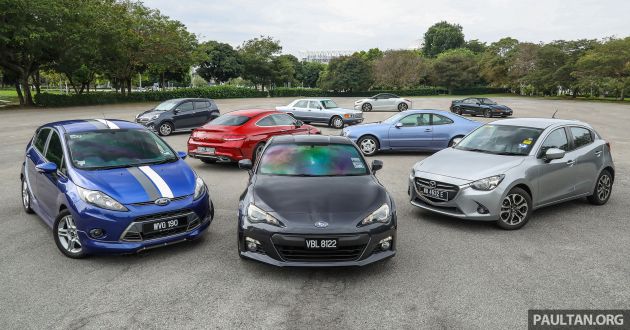
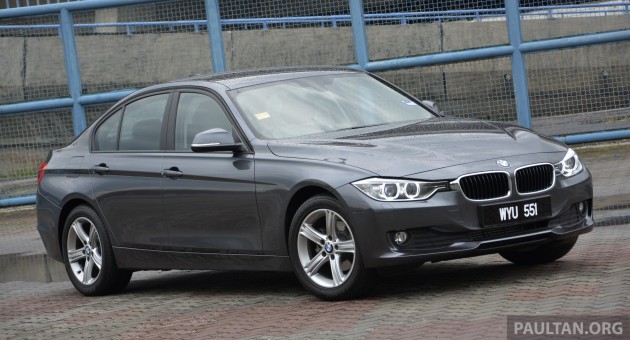




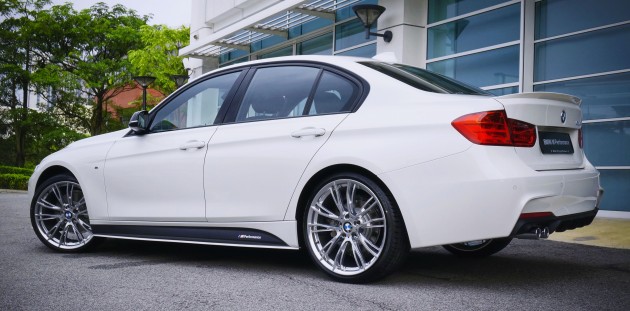
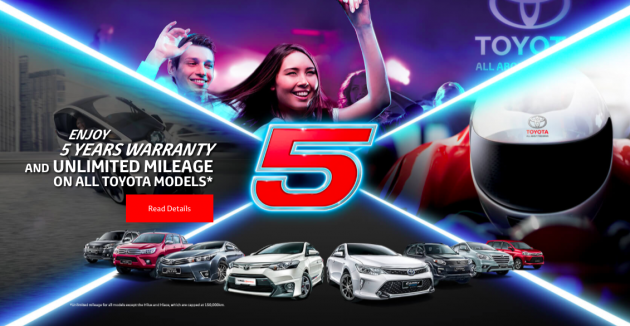
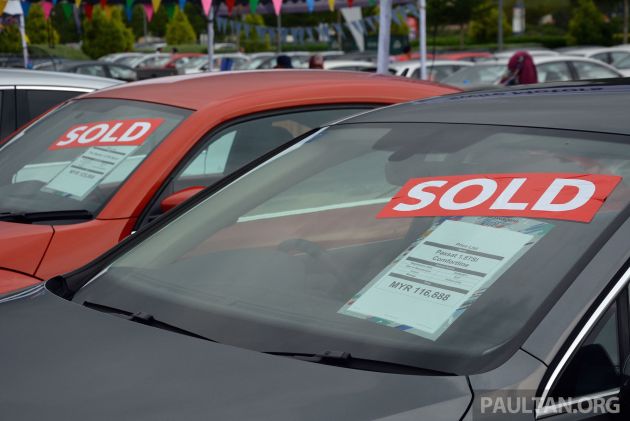
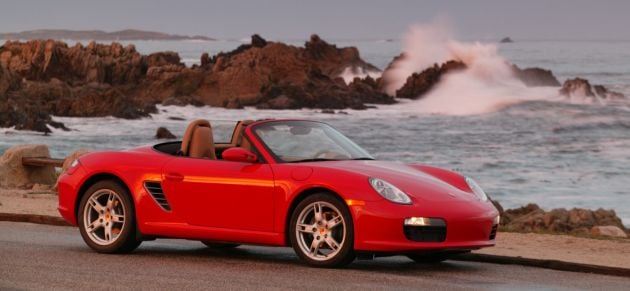
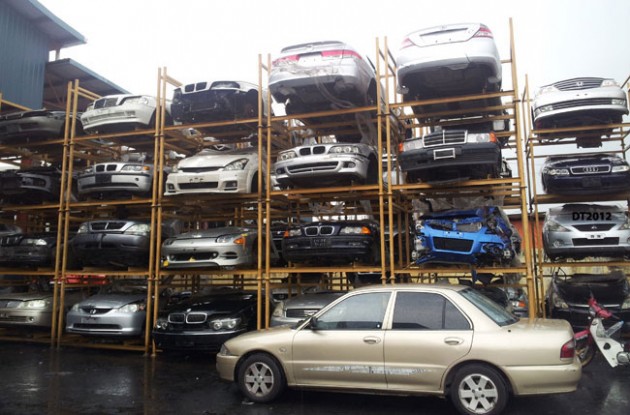
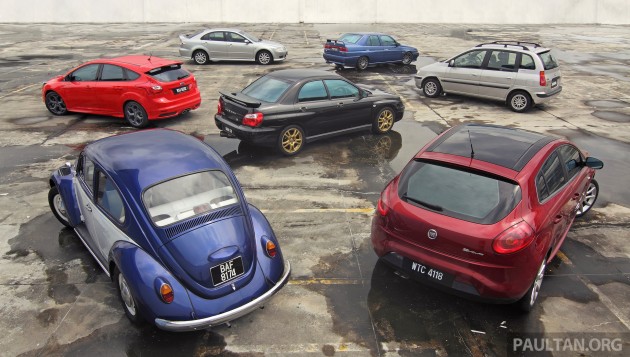
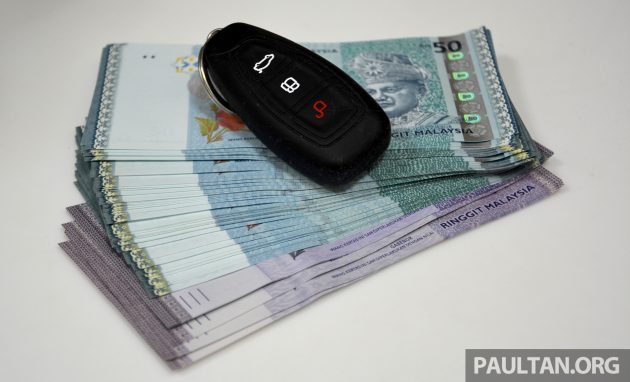
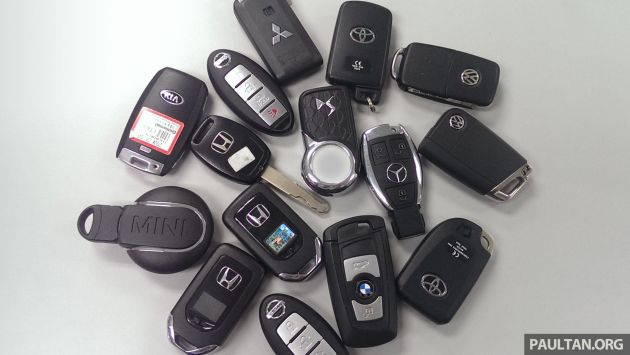
0 Comments